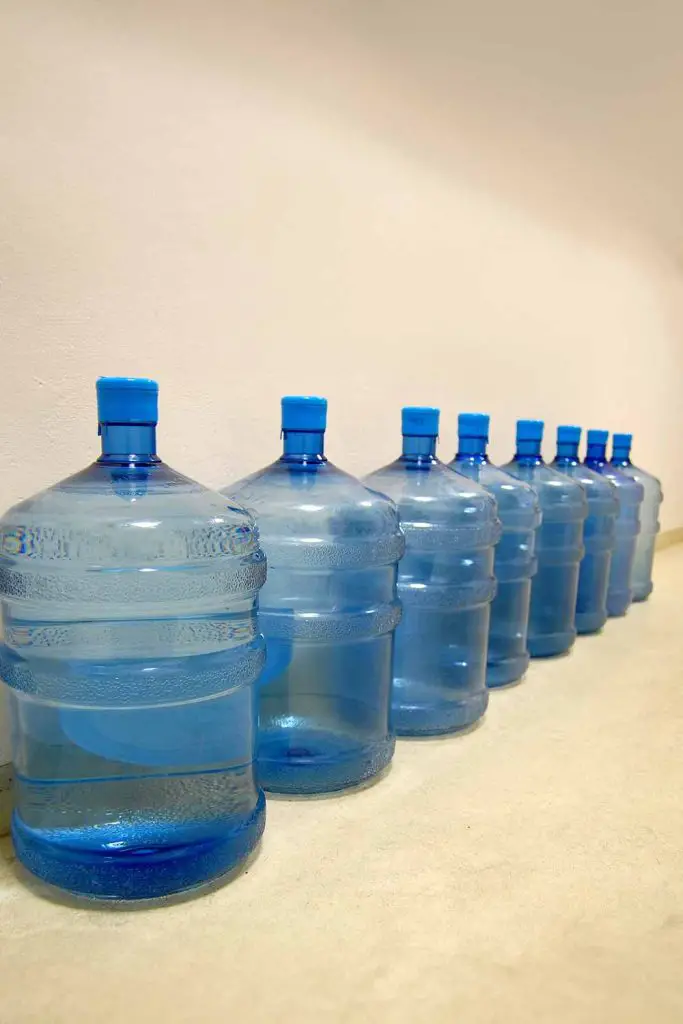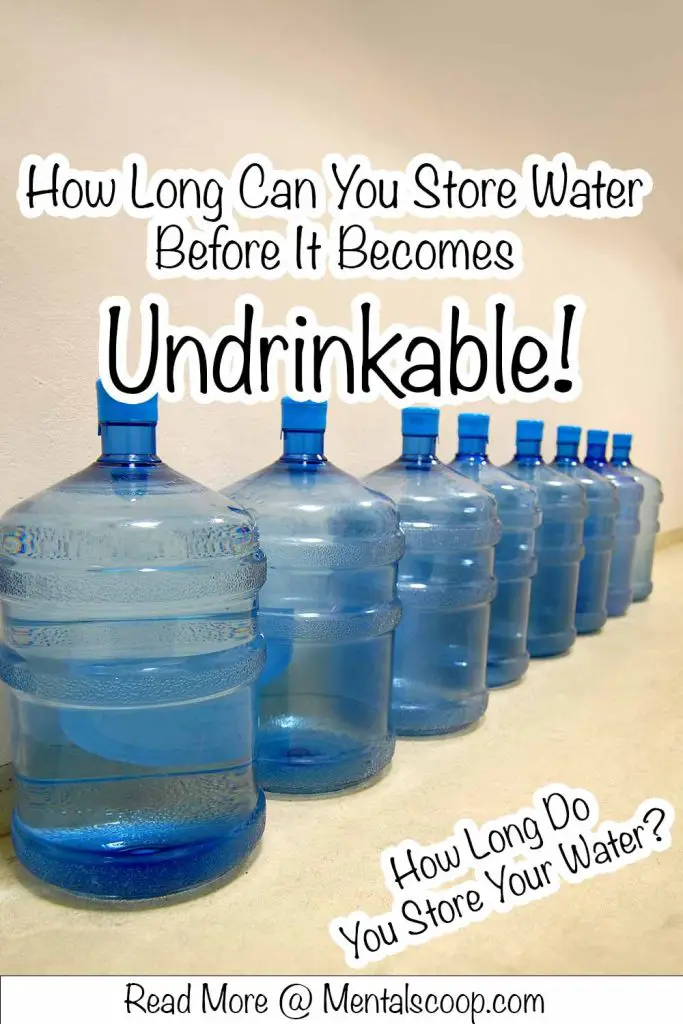How Long Can You Store Water Before It Becomes Undrinkable!

Water is the elixir of life, essential for our survival and well-being. In times of crisis or uncertainty, having a reliable supply of clean, drinkable water is paramount. But how long can you store water before it becomes undrinkable?
In this comprehensive guide, we’ll explore the factors that affect the shelf life of stored water, the importance of proper storage containers and conditions, and tips for ensuring the safety and freshness of your water supply.
The Importance of Water Storage
In our daily lives, water is an essential element. It’s not just for hydration; we use it for cooking, cleaning, and hygiene. However, access to clean water isn’t always guaranteed, especially in emergencies or natural disasters.
That’s why storing water is crucial. But how long can you store water before it becomes undrinkable?
Factors Affecting Water Storage
Lifespan Several factors influence the shelf life of stored water. These include the type of container used, the quality of the water, storage conditions such as temperature and exposure to sunlight, and whether the water has been treated or purified.
Containers Matter
Choosing the Right One Selecting the appropriate container is vital when storing water for the long term. Food-grade plastic containers, glass bottles, and stainless steel tanks are popular choices.
Avoid containers that can leach harmful chemicals into the water, such as old milk jugs or non-food-grade plastic bottles.
Treatment and Purification Methods
Treating and purifying water before storage can extend its shelf life. Methods such as boiling, using water purification tablets, or employing filtration systems can remove impurities and kill harmful bacteria and pathogens. These methods ensure that the water remains safe to drink for longer periods.
Ideal Storage Conditions
The environment in which water is stored greatly impacts its quality and safety. Ideally, water should be kept in a cool, dark place away from direct sunlight and heat sources.
Temperature fluctuations can encourage bacterial growth and affect the taste of the water. Properly sealed containers also help prevent contamination.
Shelf Life of Stored Water
While water doesn’t typically expire like food, its quality can deteriorate over time. When stored under optimal conditions, commercially bottled water can remain safe to drink for up to two years.
However, if stored in less-than-ideal conditions, such as in direct sunlight or at high temperatures, water quality can degrade much faster.
Signs of Spoiled Water
Even though water doesn’t “go bad” in the same way as perishable foods, there are signs to watch for indicating that stored water may be unfit for consumption.
These include a noticeable change in taste, odor, or appearance, as well as the presence of sediment or floating particles. If any of these signs are present, it’s best to discard the water.
Rotating Stored Water Supplies
To ensure that your emergency water supply remains safe and potable, it’s essential to rotate your stored water regularly. This involves using and replenishing your stock periodically to prevent stagnation and maintain freshness. A good rule of thumb is to rotate your water supply every six months to a year.
Safeguarding Your Water Supply
Storing water for emergencies or long-term use is a proactive step toward ensuring the health and safety of yourself and your loved ones. By understanding the factors that influence water storage lifespan and taking appropriate precautions, you can maintain a reliable supply of clean, drinkable water for when you need it most.
Remember to choose suitable containers, treat and purify the water, store it properly, and regularly rotate your supplies to keep them fresh and safe. With these measures in place, you can have peace of mind knowing that your water supply is prepared for whatever the future may hold.

More interesting articles you may be interested in reading:

